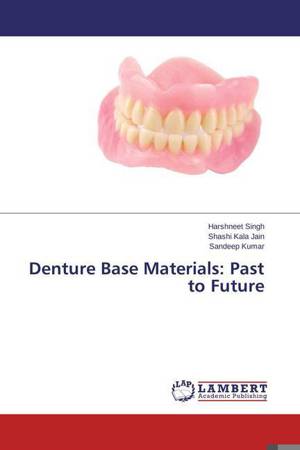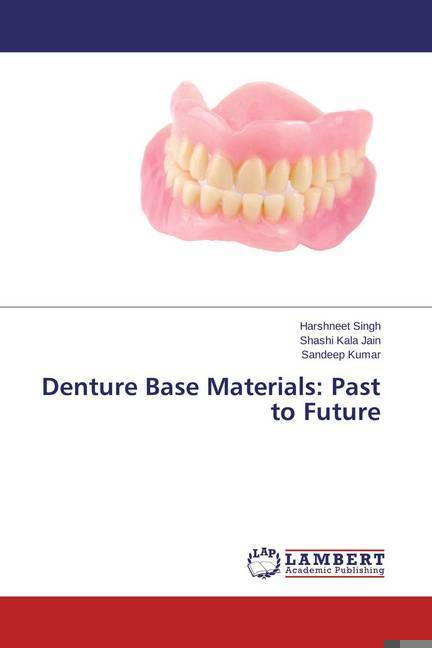
- Afhalen na 1 uur in een winkel met voorraad
- Gratis thuislevering in België vanaf € 30
- Ruim aanbod met 7 miljoen producten
- Afhalen na 1 uur in een winkel met voorraad
- Gratis thuislevering in België vanaf € 30
- Ruim aanbod met 7 miljoen producten
Zoeken
Denture Base Materials: Past to Future
Past to Future
Harshneet Singh, Shashi Kala Jain, Sandeep Kumar
Paperback | Engels
€ 38,95
+ 77 punten
Omschrijving
Edentulousness, partial or complete is the most common clinical situation; a dental health care professional is likely to face in his/her clinical practice. Skillfully designed dentures were made as early in middle ages and during this, dentures were seldom considered as a treatment option. They were hand carved and tied in place with silk threads and had to be removed before eating. The primary goal of this review is to aid the practicing dentist in critically analyzing the current literature and in recognizing the hierarchy of evidences available on denture base materials. This scientific approach is necessary today, as many new products and techniques are promoted during lectures and through advertising media. Flexible partial dentures are part of the advanced field of prosthodontics which is a remedy to oral health problems pertaining to the diagnosis, treatment planning, and rehabilitation. It helps in maintaining the oral function, comfort, appearance and health of patients with clinical conditions associated with missing or deficient teeth.
Specificaties
Betrokkenen
- Auteur(s):
- Uitgeverij:
Inhoud
- Aantal bladzijden:
- 64
- Taal:
- Engels
Eigenschappen
- Productcode (EAN):
- 9783659804014
- Verschijningsdatum:
- 24/11/2015
- Uitvoering:
- Paperback
- Afmetingen:
- 150 mm x 220 mm
- Gewicht:
- 104 g

Alleen bij Standaard Boekhandel
+ 77 punten op je klantenkaart van Standaard Boekhandel
Beoordelingen
We publiceren alleen reviews die voldoen aan de voorwaarden voor reviews. Bekijk onze voorwaarden voor reviews.








